True Green
Lessons from 1960s'-70s' Counterculture Architecture.

The domes of Drop City, an experimental community formed in southern Colorado in 1965.
Photo courtesy Clark Richert
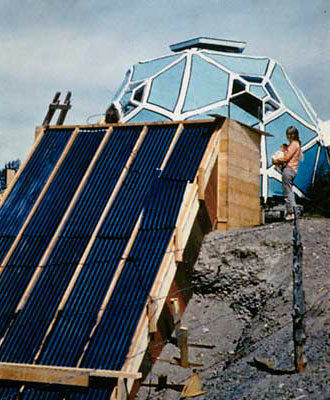
A 1967 dome at Drop City is among the first solar-panel-heated homes.
Photo courtesy Clark Richert

Domes from the 1960's and early 1970's served as their builders' personal manifestos and demonstrated their connection to the environment.
Photo © Jack Fulton

Domes from the 1960's and early 1970's served as their builders' personal manifestos and demonstrated their connection to the environment.
Photo © Jack Fulton
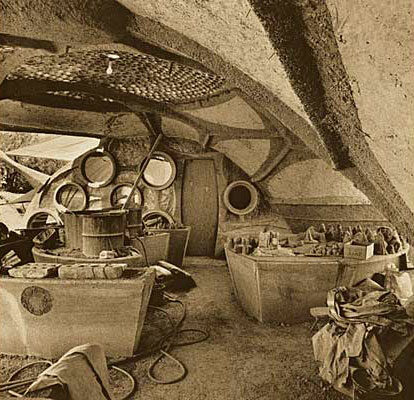
Paolo Soleri's ceramics studio in Cosanti, Arizona, was a laboratory for creations such as the ceramic apse and his ideas of "arcology"-architecture coherent with ecology. In 1970, Soleri began his construction of Arcosanti, a utopian town of 5,000 located in central Arizona.
Photo courtesy Cosanti Foundation
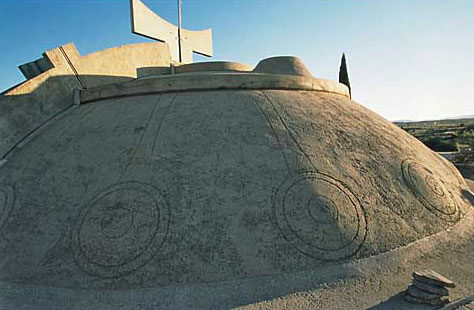
Paolo Soleri's ceramics studio in Cosanti, Arizona, was a laboratory for creations such as the ceramic apse and his ideas of "arcology"-architecture coherent with ecology. In 1970, Soleri began his construction of Arcosanti, a utopian town of 5,000 located in central Arizona.
Photo © Terrence Moore

Followers of the 1960's green movement wanted to "get centered." The Om Dome and other models were seen by some as an architectural form of yoga.
Photo © Jack Fulton
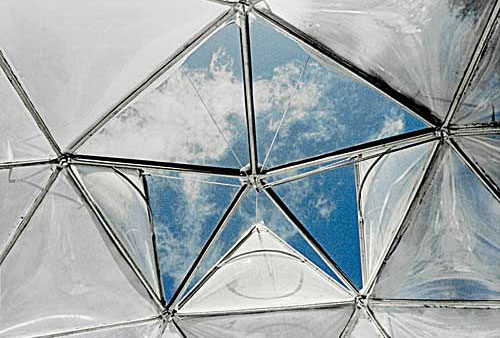
Followers of the 1960's green movement wanted to "get centered." The Om Dome and other models were seen by some as an architectural form of yoga.
Photo © Jack Fulton
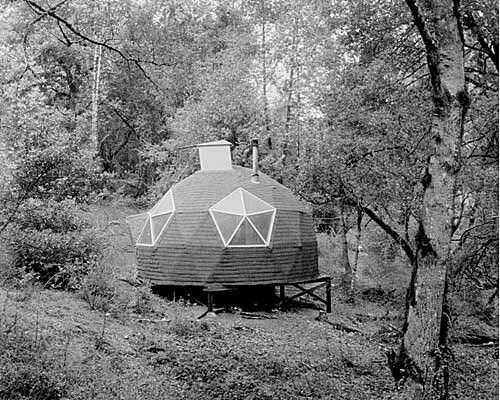
Followers of the 1960's green movement wanted to "get centered." The Om Dome and other models were seen by some as an architectural form of yoga.
Photo © Jack Fulton

The spirited, do-it-yourself writing was literally on the wall.
Photo © Jack Fulton

Post a comment to this article
Report Abusive Comment